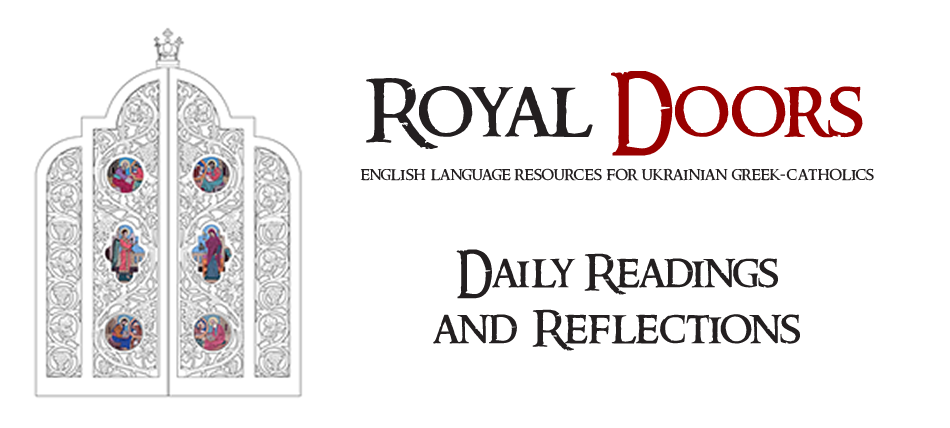The Fast of the Apostles which follows the feast of Pentecost concludes with two special commemorations: on June 29 we remember the glorious leaders of the apostles, Peter and Paul; on the next day we observe a synaxis (assembly) for all Twelve. The feast of Saints Peter and Paul is particularly observed as the throne-feast […]
Search Results for: pentecost
What is the Liturgical Year?
In a pastoral letter issued at the close of the Second Vatican Council (1965), our Bishops, together with Cardinal Joseph Slipyj, defined the Liturgical Year as: “A liturgical cycle of the universal or some particular Church, that consists of Sundays, weekdays, the feasts of our Lord, the Mother of God, the saints and the periods of fasting and forbidden times.”
We call the Liturgical Year the Ecclesiastical or Church Year, because it contains the Church Calendar, which in some respects is similar to and in others differs from the civil calendar. In the Eastern Church the Church Year differs from the civil calendar in that it does not begin the New Year with the first of January as does the civil year, but begins it with the first day of September, which is called the Beginning of the Indiction. This means that the whole cycle of our Church Year begins with the first of September and ends with the thirty first of the following August.
Fasting with the Apostles
“After the long Feast of Pentecost, fasting is especially necessary to purify our thoughts and render us worthy to receive the Gifts of the Holy Spirit … Therefore, the salutary custom was established of fasting after the joyful days during which we celebrated the resurrection and ascension of our Lord, and the coming of the Holy Spirit” (from a sermon of Pope St. Leo the Great, +461).
It Smells Like Love – A Short Story
The five bells began to ring. Their sweet notes grew in size as they floated over the snow-covered neighbourhood. A squirrel, more interested in gathering food than hibernating, stopped in its tracks to listen. The voice of the bells seemed to call for the neighbourhood to awaken from its mid-winter slumber.
The Promise Fulfilled
Several hymns of Pentecost allude to promises made by Christ concerning the coming Holy Spirit. He would be “another Paraclete” (Comforter or Advocate), Jesus Himself being their first Paraclete. The Holy Spirit, being immaterial, would “abide with you forever” (John 14:15). He would be “everywhere present and filling all things,” as we say in the […]
The Gospel is Proclaimed
Source: Eparchy of Newton One feature of the Paschal season in Byzantine Churches is the reading of the Acts of the Apostles. Every day, beginning with Pascha itself, this story of the early Church is read at the Divine Liturgy. While the text of Acts itself begins with Christ’s ascension, our public reading of it […]
Food for the Gods
Source: Eparchy of Newton SAY GOOD-BYE TO MEAT. In the fasting practice common to all Byzantine Churches Meatfare Sunday is the last day on which meat would be eaten until Pascha. This is the first step towards the fuller discipline of the Great Fast when dairy products would not be eaten as well. This is […]
The Lord Manifested in the Jordan
“THE HOLY DAY OF THE LIGHTS to which we have come, and which we are celebrating today, has for its origin the Baptism of my Christ, the True Light that lightens everyone who comes into the world, and effects my purification…” These words, which begin St Gregory the Theologian’s homily “on the Lights,” reflect what […]
Discover the Beauty of the Liturgical Year!
We’re used to marking our lives by the events during the year that give shape to our existence and of those around us. A birthday. An anniversary. A graduation. A death. Each of these celebrations helps us mark significant moments in time. We record many of these meaningful moments in pictures, videos, greeting cards, letters […]







